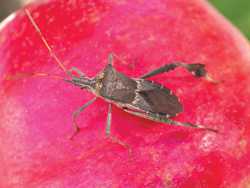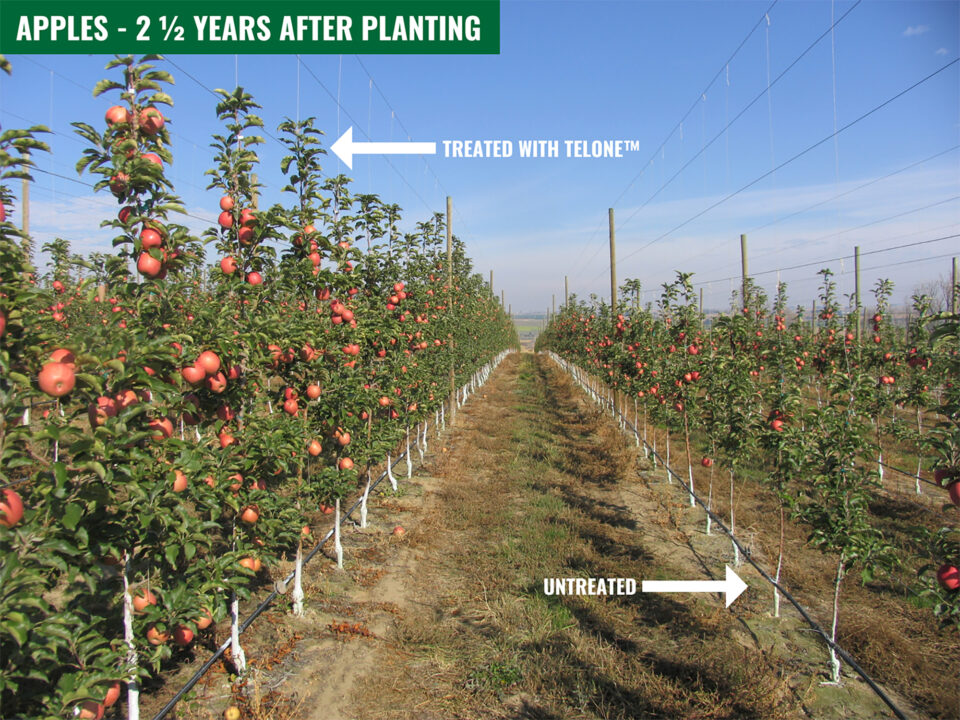Be On High Alert For Leaffooted Bug
 Because of the mild fall and winter in the San Joaquin Valley, UC Cooperative Extension Advisor Kris Tollerup says growers should be on high alert for leaffooted bug, which overwinters outside almond orchards on citrus, pomegranate, cyprus, palm and olive.
Because of the mild fall and winter in the San Joaquin Valley, UC Cooperative Extension Advisor Kris Tollerup says growers should be on high alert for leaffooted bug, which overwinters outside almond orchards on citrus, pomegranate, cyprus, palm and olive.
“This year there is possibly a very high pressure from leaffooted bug, and growers need to beware, especially in the southern part of the San Joaquin Valley,” says Tollerup. “Cold weather has been shown to adversely affect the populations, and this last season, we didn’t really have cold weather that would knock back the population.”
University of California IPM guidelines recommend monitoring orchards in March and April to look for dropped nutlets, nuts with gummosis and egg masses on the sides of nuts. If gummosis is found, cut a cross-section across the damaged area and look for puncture marks from the pest’s mouthparts. There can, however, be a seven- to 10-day lag time between insects feeding and when gummosis and nut drop occur, which means the pest could have already moved to another orchard block.
Even a small number of these pests can cause considerable economic damage. According to the IPM guidelines, chemical control with April or May applications generally target the overwintering adults that have migrated into the orchard. Broad-spectrum pyrethroid insecticides tend to be the most effective on leaffooted bug. However, the use of such products can seriously disrupt biological control agents of other almond pests.
Once overwintering adult and nymph populations have declined and almonds have developed to the stage where leaffooted bug can no longer penetrate the shell, insecticide applications are no longer necessary.










